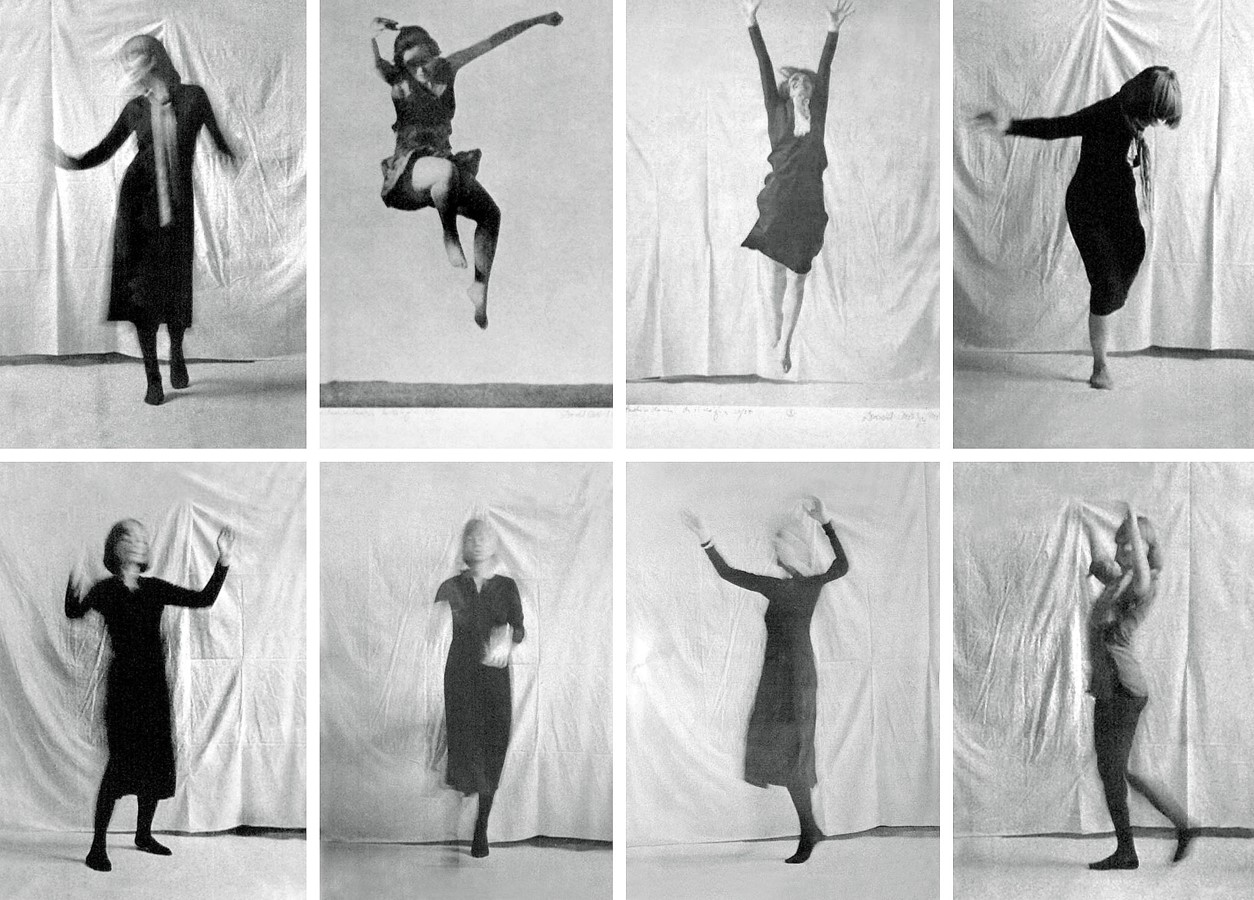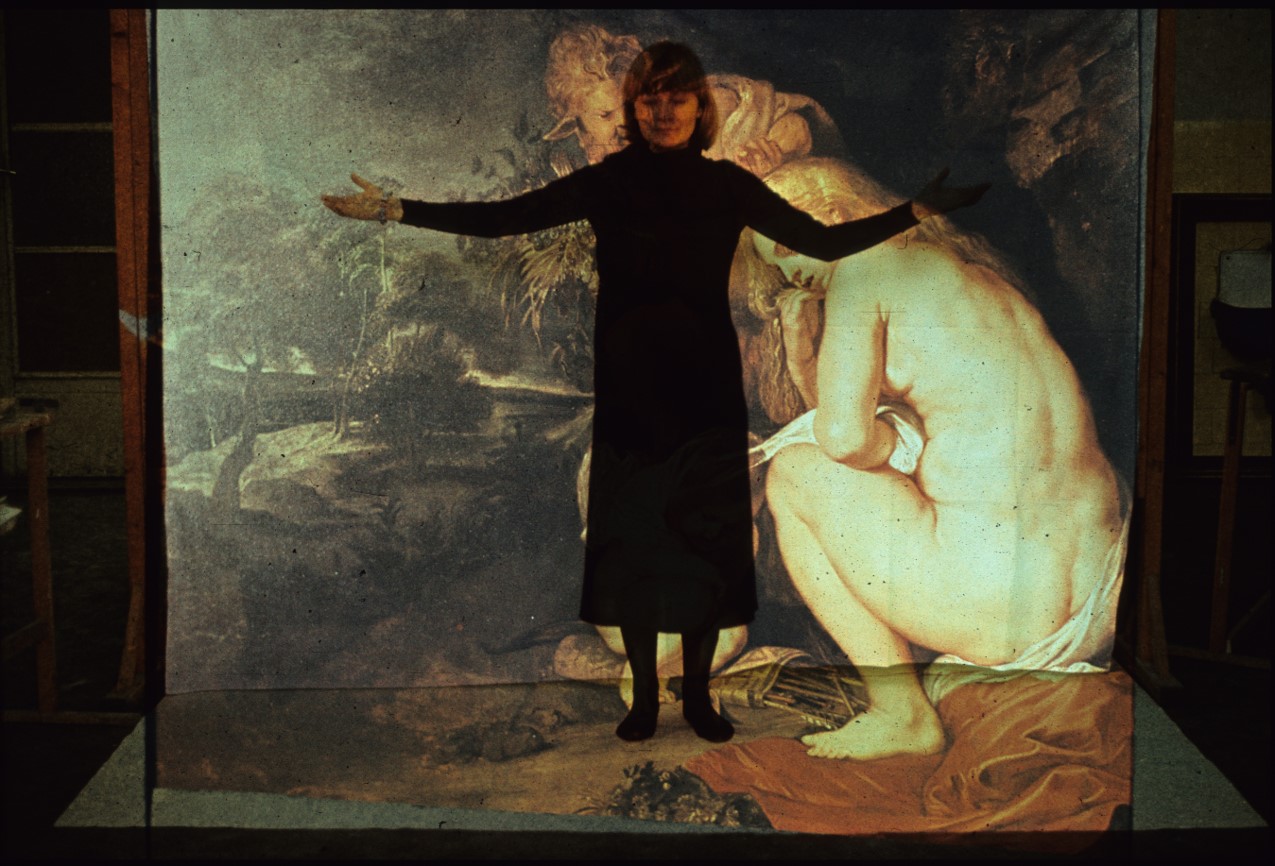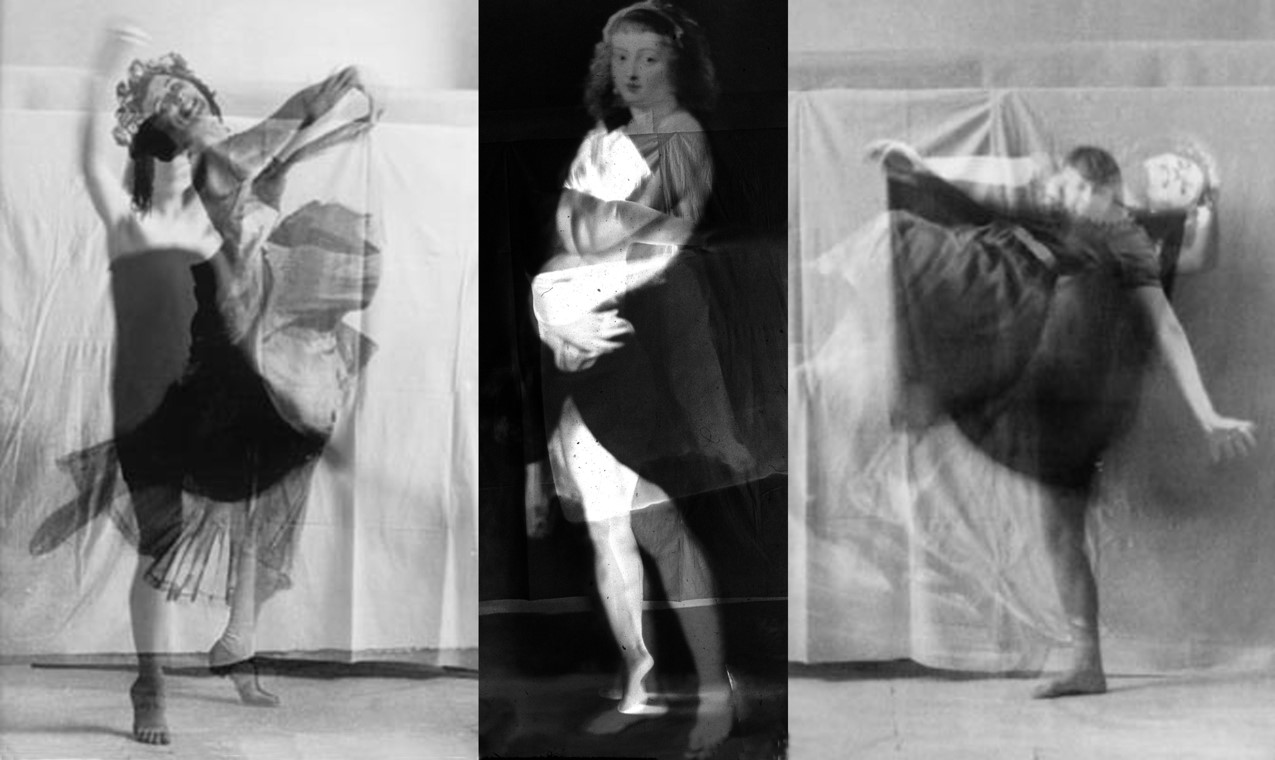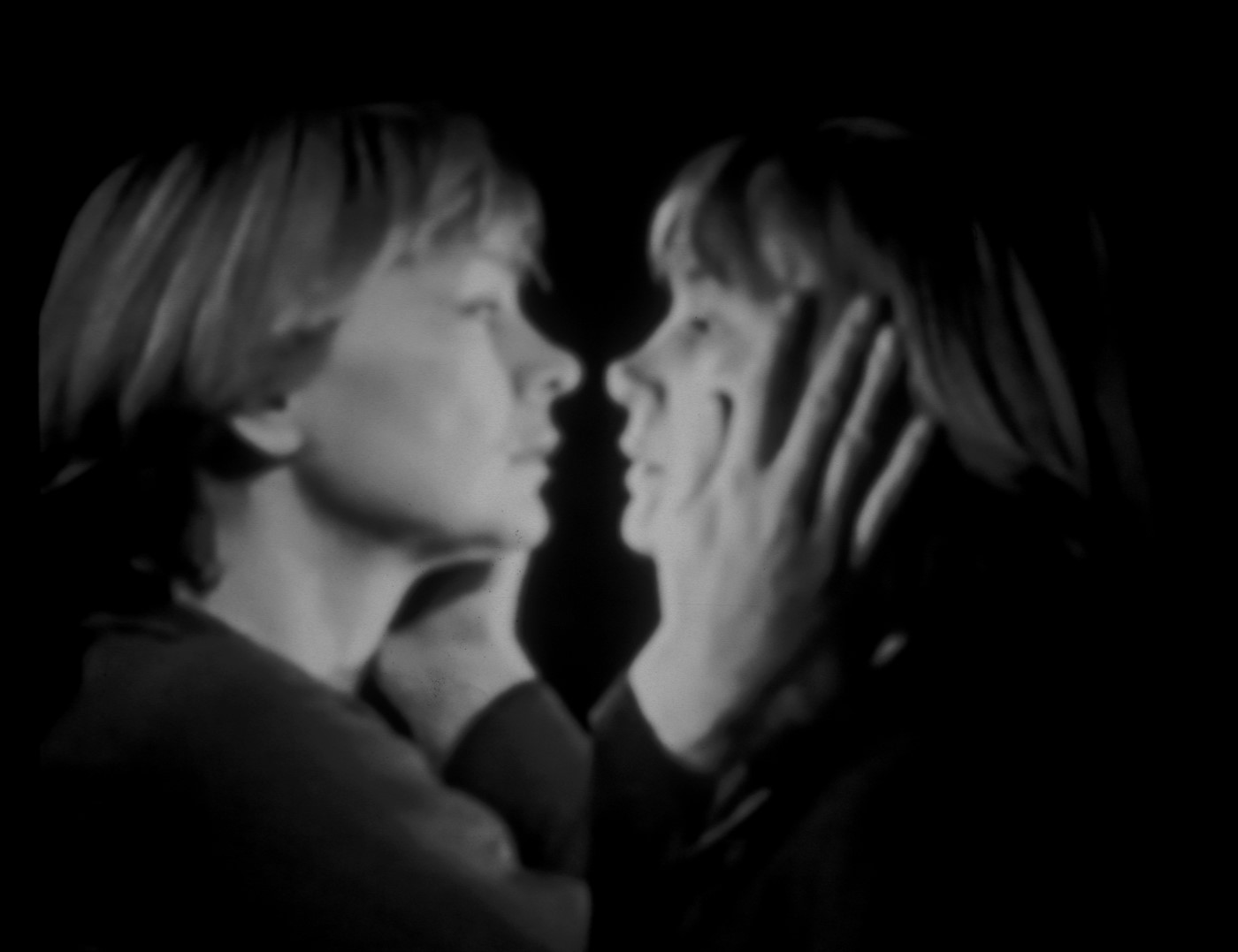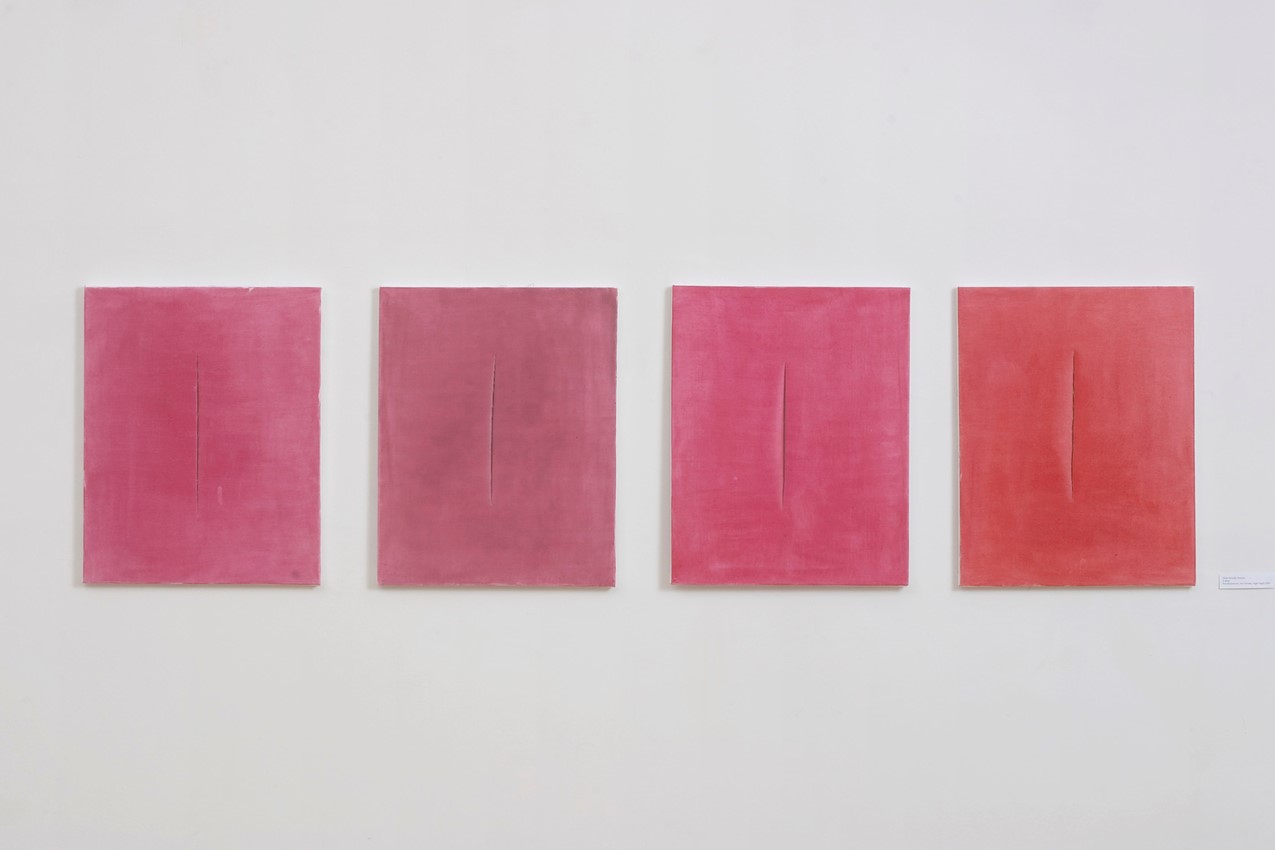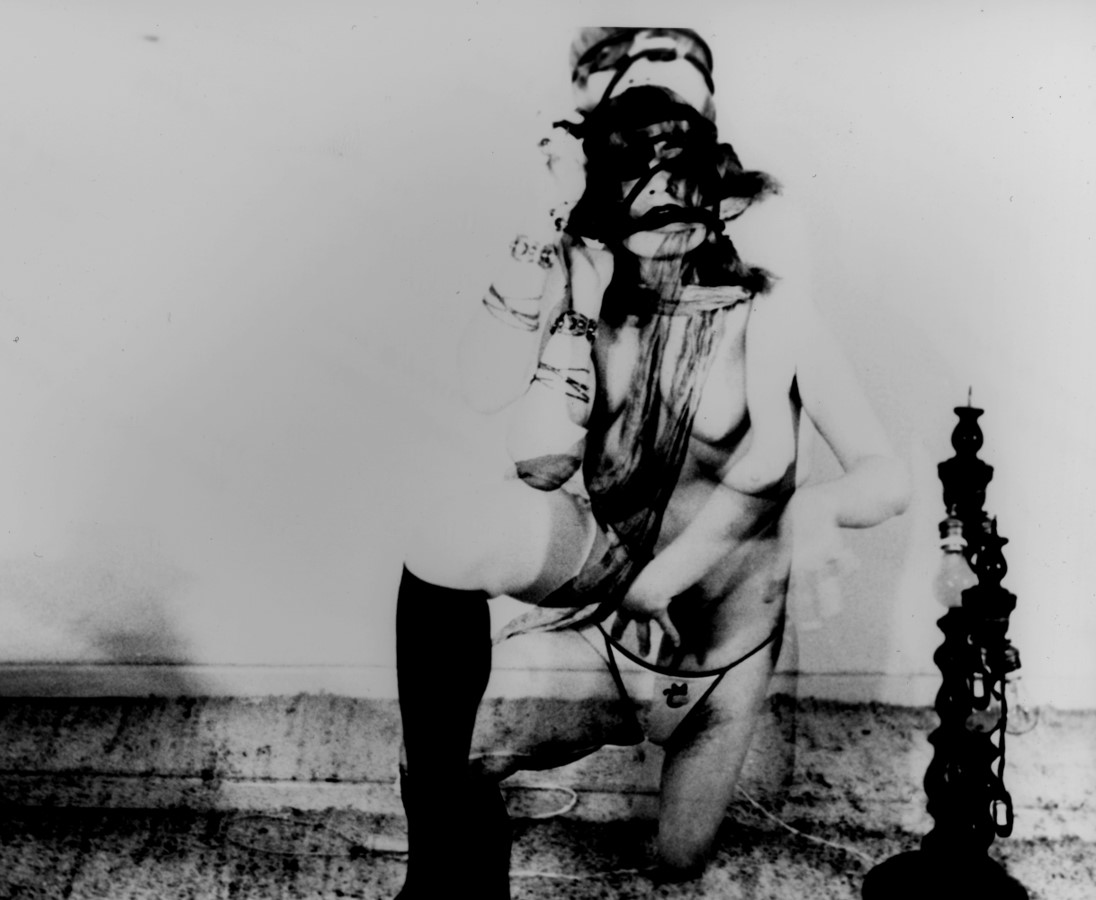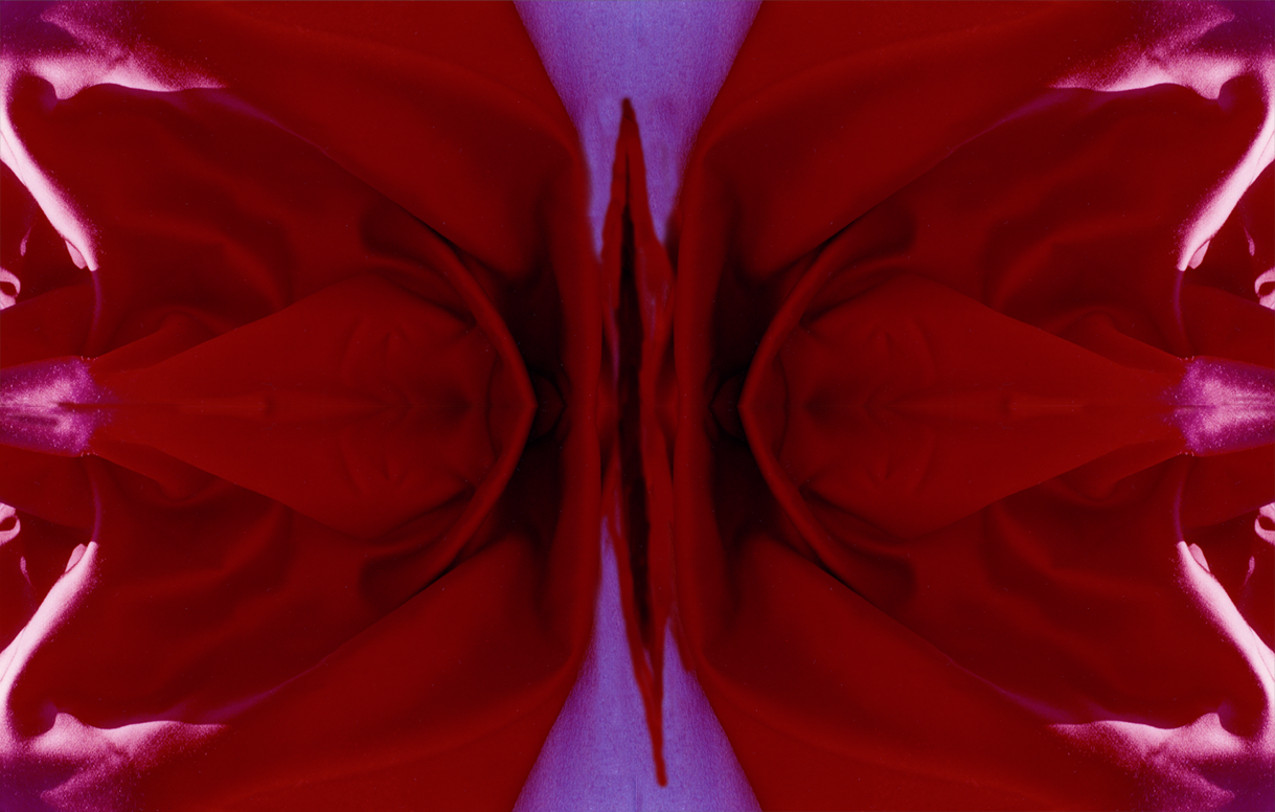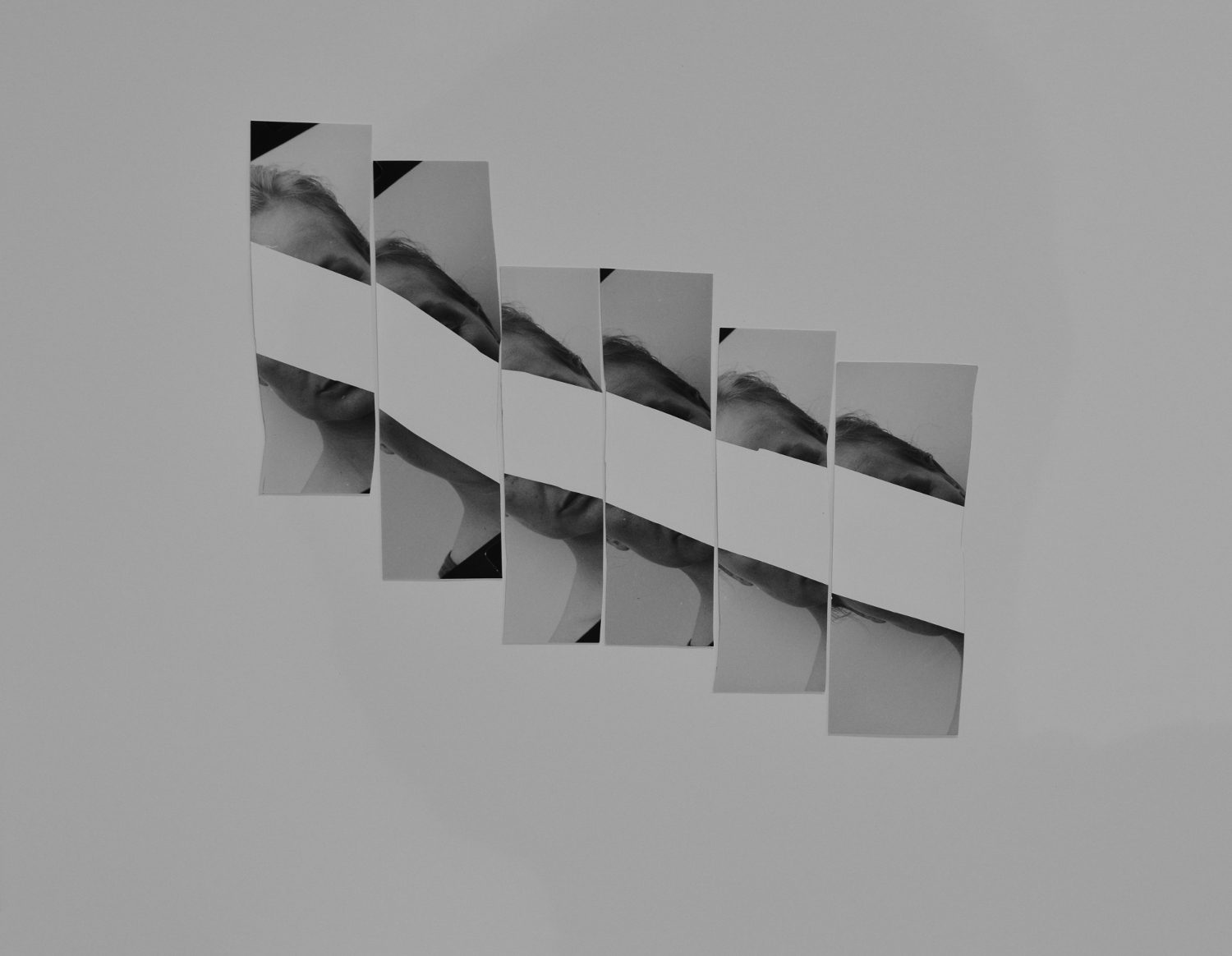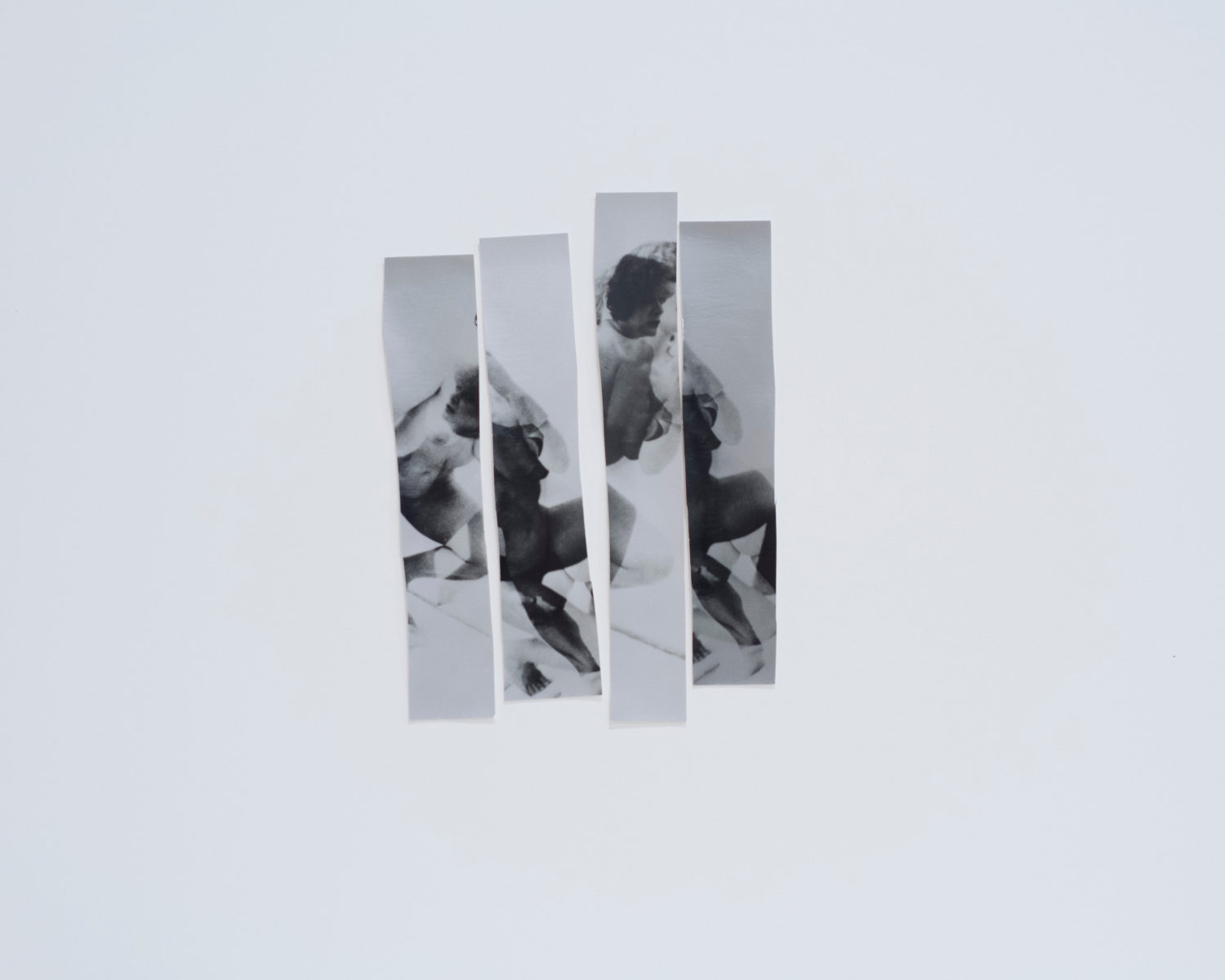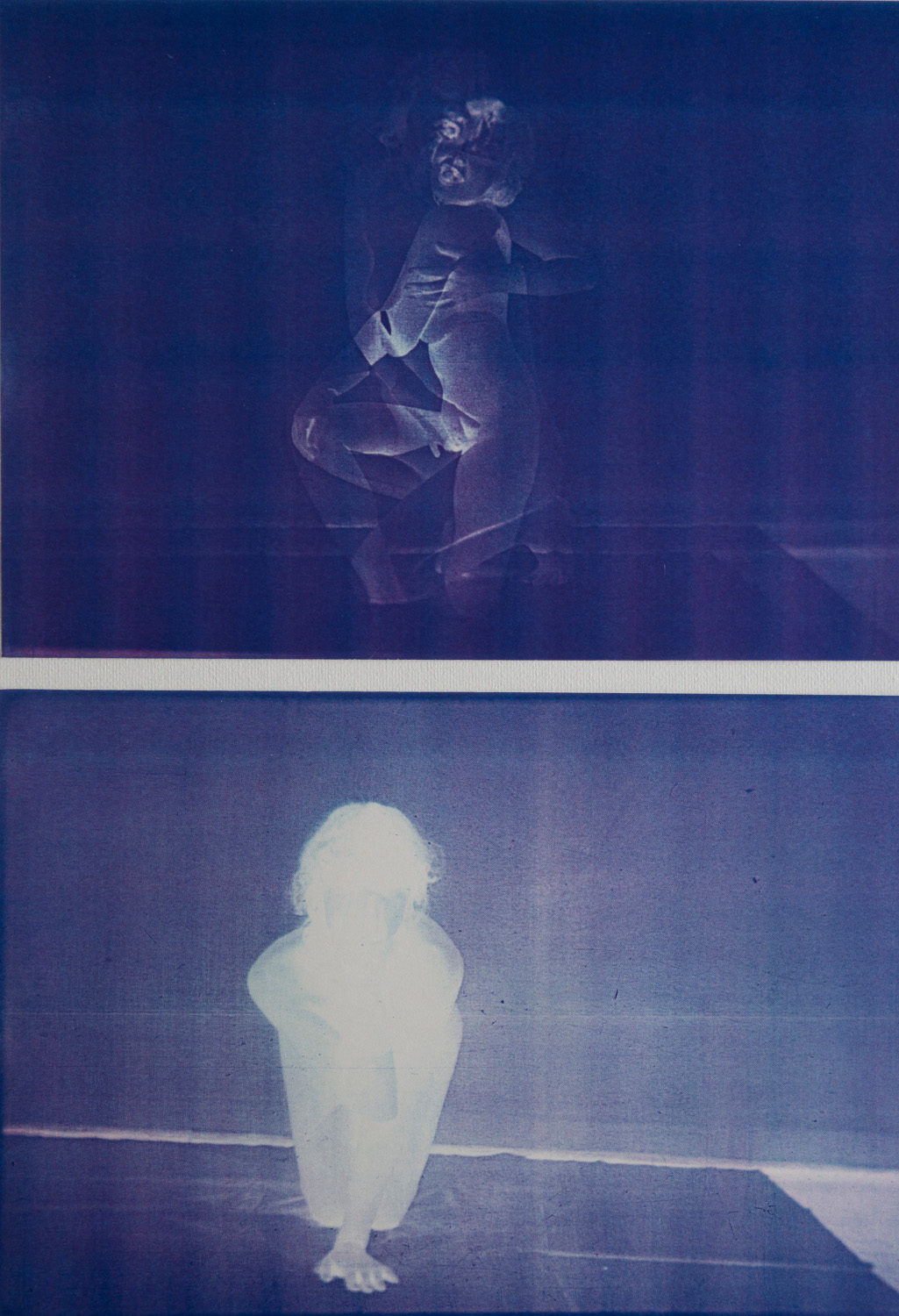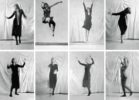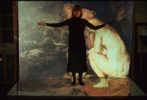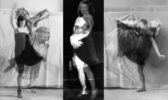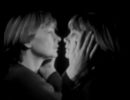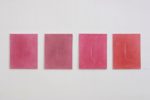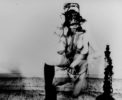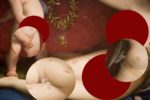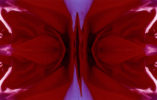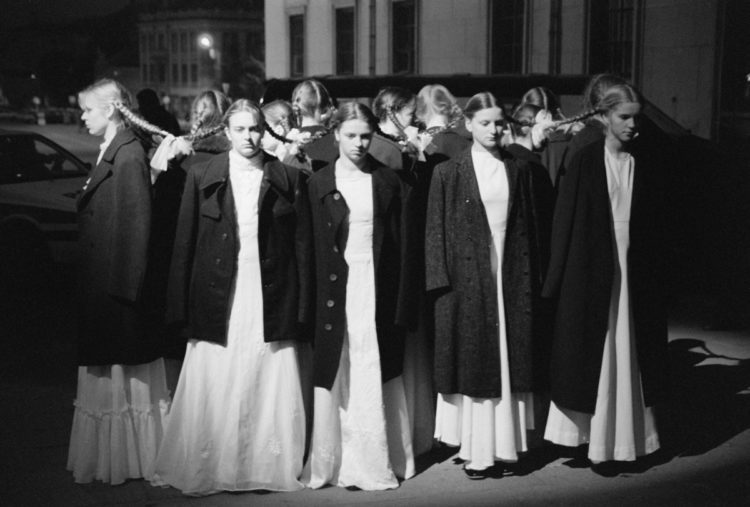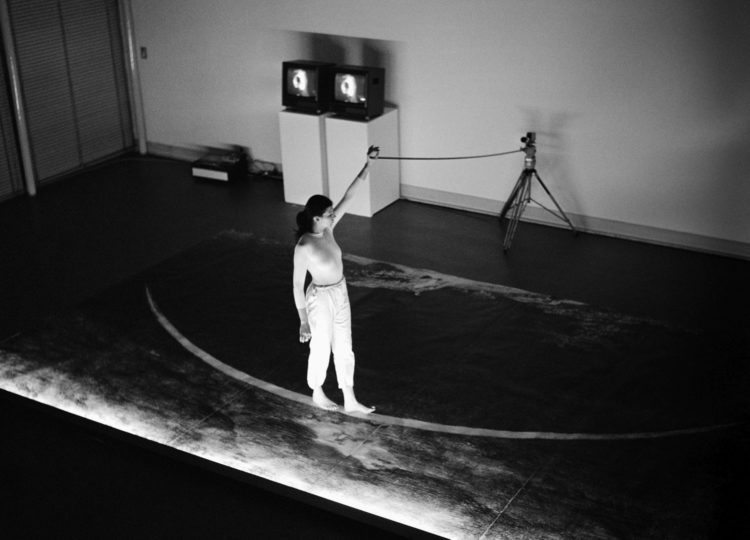Orshi Drozdik
Orshi Drozdik, le corps pathologique, exh. cat., Musée des beaux-arts, Nantes (18 March – 21 May 1995), Nantes, Musée des beaux-arts, 1995
→Orshi Drozdik. Adventure & Appropriation, 1975-2001, Budapest, Ludwig Múzeum Budapest, 2002
Orshi Drozdik, Ernst Múzeum, Budapest, 1990
→Orshi Drozdik Retrospective, Ludwig Múzeum Budapest, Budapest, 12 December 2001 – 3 March 2002
→Orshi Drozdik, The Other Venus, MODEM Centre for Modern and Contemporary Arts, Debrecen, 9 October 2011 – 8 January 2012
Hungarian visual artist.
Orsolya – known as Orshi – Drozdik studied graphic arts at the Hungarian University of Fine Arts from 1970 to 1977. A post-conceptual artist, she uses the full range of techniques that fine art has to offer, from drawing to installation. While her work finds its roots mainly in conceptual art, it builds on the constitution and definition of the self and on the question of gender identity. As such, it positions itself between the poles of the female self and the creative self. According to Andrea Tarczali, “through the adaptation of feminism’s postmodern strategies to the realities of Central Europe at the service of the expression of the female body and voice, [she] has contributed a unique body of work to Hungarian contemporary art”. In her performance Nude Model (1977), O. Drozdik drew a female nude from a model invisible to the public, and in doing so arrested the male gaze to bring out its stereotypical nature. Although she has developed her work outside of her native country, it still reflects her Hungarian origins in many respects. First, her origins are reflected in terms of motivation: gender inequality in the art world, unequal distribution of spheres of activity between men and women, and biases in the appreciation of art in her country have led her to take an interest in the roles of women and the subject of women artists.
Beginning in 1978, she has lived between the Netherlands and New York, enabling her to access resources she would use as theoretical foundations for a standpoint that would have been hard to defend in her own country. Second, multiple exhibitions and publications have ensured her constant presence on the Hungarian art scene. Several of her studies on contemporary feminist discourse have been translated into Hungarian and published as a volume under the title Sétáló agyak [Brains on High Heels]. In her 1990s series Manufacturing the Self, each installation – Body/Self (1984–1993); Medical Erotic (1993); 19th-century Self (1993); The Nun Self (1993); The Hairy Virgin (1994); Normal and Pathological (1995); Oshi Ohashi: Young and Beautiful (1997) – presented a specific aspect of this conscious construction of the self. She returned to Hungary permanently in 2004, teaching painting at the Hungarian University of Fine Arts. A major retrospective of her work, The Other Venus, was held at the Modern and Contemporary Art Centre (MODEM) in Debrecen in late 2011. Several of her works are held in public collections.
© Éditions des femmes – Antoinette Fouque, 2013
© Archives of Women Artists, Research and Exhibitions, 2019




